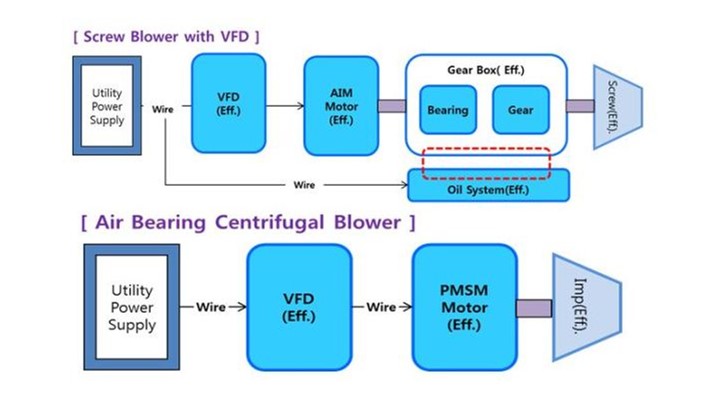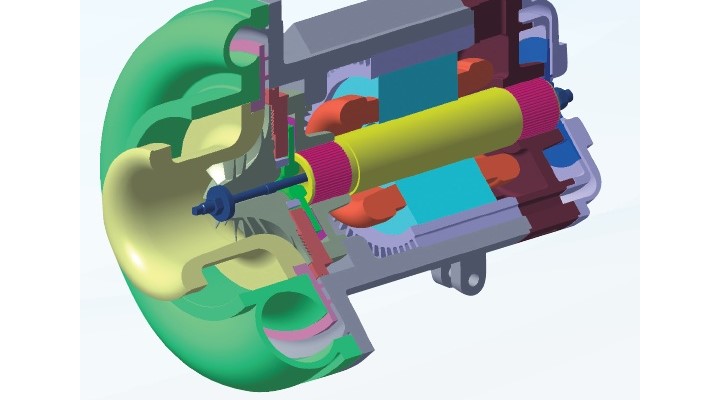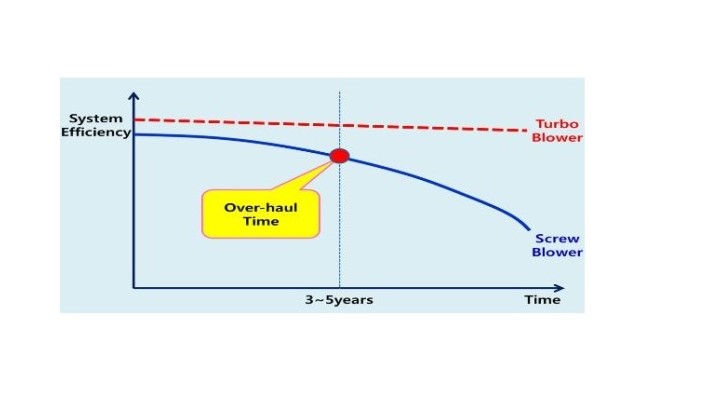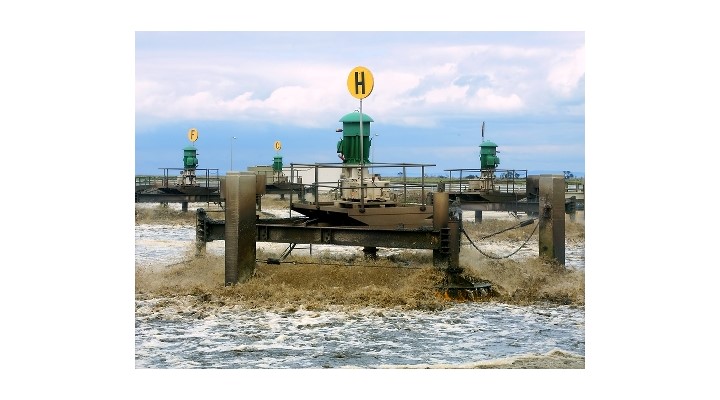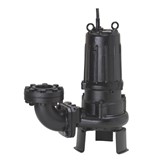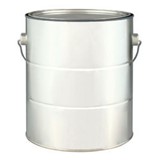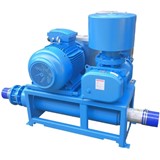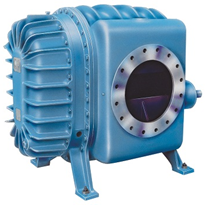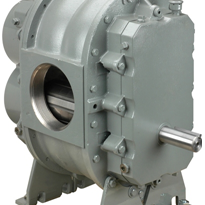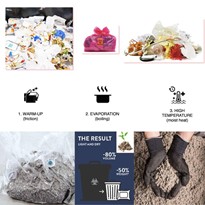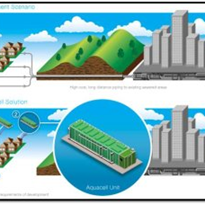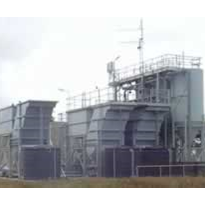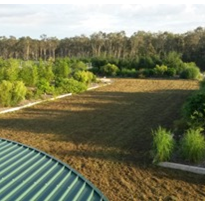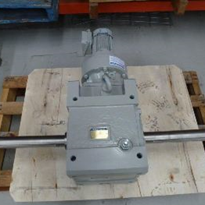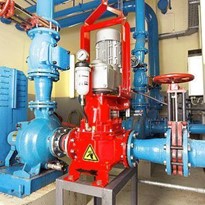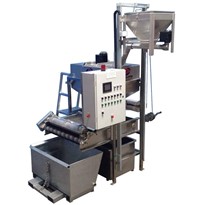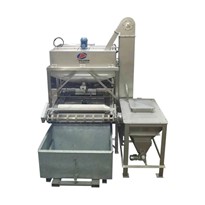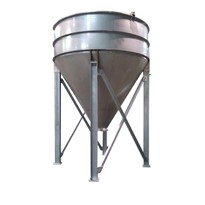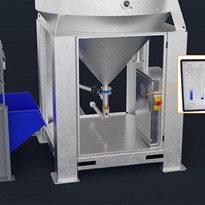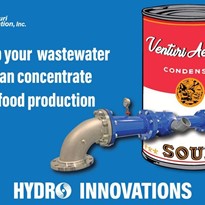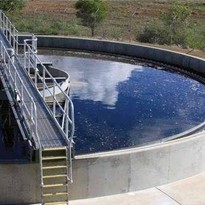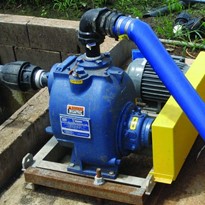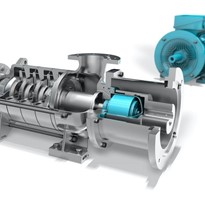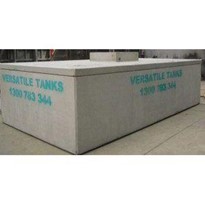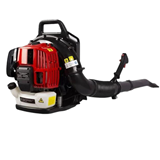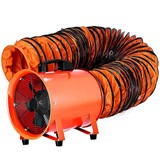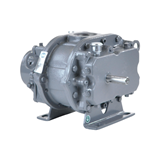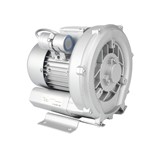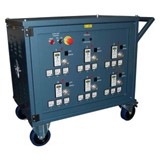Due to advances in technology, wastewater treatment plants have a breadth of options at their disposal, including, turbo blowers, rotary lobe compressors (also known as hybrids) and positive displacement blowers. All of these models promise energy efficiency and energy savings.
So what's the difference and which one should you choose?
A comparison between positive displacement screw blowers and turbo blowers
Blower type
Rotary screw blowers are positive displacement blowers with precision timing gears that maintain minute clearances between two intermeshing oil free screw elements that never touch. The screw blower has contact parts such as gear and bearings within the blower package.
These contact parts wear thin and tear over time, and as a result, the gap between the screws gets larger, resulting in the air leaking. With further operation, this leakage increases. The rotary screw air ends are also coated with teflon which deteriorates after two to three years of operation, which means loss of airflow delivery.
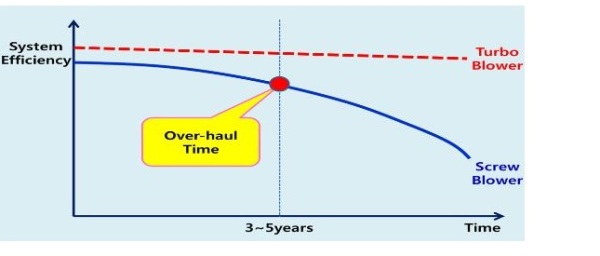
With centrifugal blowers, also known as turbo blowers, the energy is transferred from a rotating shaft to air or gas. A pressure rise is achieved by adding kinetic energy to a continuous flow of air through the rotor or impeller.
Turbo blowers differ from turbo compressors by a lower pressure ratio, with a compressor being above 2.5. Centrifugal compressors increase pressure by up to several hundred kPa, while centrifugal blowers perform in a middle range of up to 200 kPa.
Bearings
Rotary screw blowers use cylinder roller bearings, which is the earliest known type of rolling-element-bearing, dating back to at least 40 BC. As they operate in hot environments with high loads, they tend to wear and tear with time and normally need replacing after three to five years of operation. Repair costs are usually high.
The air avoids contact with surfaces, and as a result, is free from friction and wear. As it stands, they can only be used for high speed applications. Bump type airfoil bearings have been developed by NASA and are used in some turbo blowers; they have a distinct advantage over 'leaf type' air bearings as they have a higher load capacity.
Highly durable air bearings do not get hot and do not need replacing through a turbo blower's operational use; blower efficiency does not decrease with time.
Motor
Rotary screw blowers are provided with standard induction motors, which tend to lose their efficiency by up to 50 per cent, which results in lower operating speeds.
Turbo blowers, on the other hand, use high efficiency and high speed motors knows as Permanent Magnet Synchronous Motors (PMSM). These motors utilise permanent magnets, providing higher power output to a given frame size.
Thanks to a direct connection with the impeller, no power is lost during transmission. PMSM motors comply with the super
The rotary screw blowers are provided with standard induction motors, which lose their efficiency by 50 per cent at lower operating speeds.
Turbo blowers use high efficiency high speed motors called PMSM - Permanent Magnet Synchronous Motors, utilising permanent magnets providing higher power output to a given frame size. Thanks to direct connection with impeller, no power is lost during transmission.
PMSM motors comply with the IE4 Class, Super Premium Efficiency Standard, which was published by the International Electrotechnical Commission in 2014. The efficiency advantage of PMSM motors compared to an induction motor is 58 per cent.
Controller
Screw blowers offer proprietary microprocessor controls, which restricts customers in their choice and flexibility.
In order to offer reliability, ease of servicing, replacement and the ability to amend running parameters, turbo blower manufacturers only offer the major brands of Alan Bradley or Siemens controllers.
Range
Screw blower operating range is limited. They offer power of up to 355 kW, pressure up to 120 kPa and a flow capacity of up to 154 m3/min.
The flow capacity of turbo blowers is up to 700 m3/min. They offer pressure up to 200 kPa and power of up to 600 kW. A much larger range of flow and pressure can be suitable for small to very large WWTP.
Total efficiency
A blower package is defined as the complete system, which consists of a blower (compressor), motor, inverter (variable frequency drive), blow-off valve, controller, inlet filter and cooling system, which are assembled and operate from inside the enclosure.
'Wire to Air' (Total) Power Consumption is the total energy used to produce the required flow and pressure for any particular application. It includes all power losses in the motor, variable frequency drive, inlet filter, guide vane, valves, cooling system, loss by compressor suction temperature rise and pressure drop.
The complete blower system must be tested for efficiency, as it's the 'wire to air' power consumption that is reflected in the electricity bill.
When looking at the efficiency of different blowers, a few things should be considered.
- Centrifugal compression efficiency is higher than rotary screw compression.
- Turbo blowers do not lose capacity whereas screw blowers do.
- The package efficiency of turbo blowers is superior to screw blowers due to PMSM motors, which results in direct transmission without any gear/bearing losses, and, no loss of capacity due to coating wear.
- Turbo blowers provide major savings in ongoing maintenance costs. You will only need to replace the air intake filters, whereas screw blowers require a major overhaul after two to three years.
The verdict
Overall, the turbo blower outperforms centrifugal blowers due to its technical characteristics. The overall efficiency and total ownership cost of a high speed turbo blower is superior to rotary screw technology, however, the choice depends on multiple factors, including the size of the plant.
If you are unsure of which blower you should be using, consult an expert to discuss your specific requirements.


